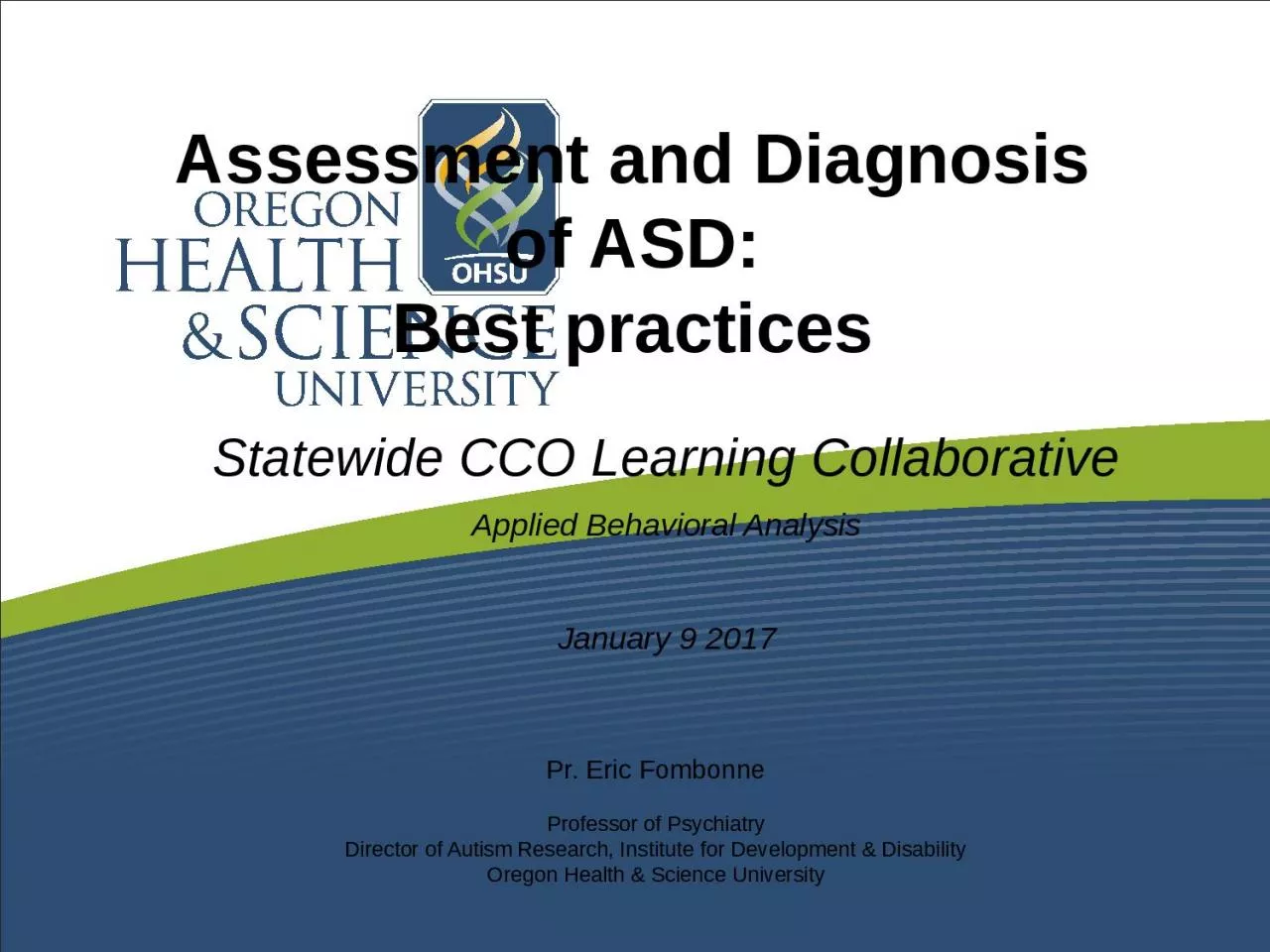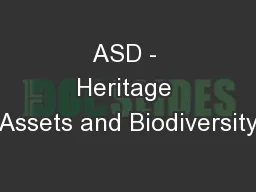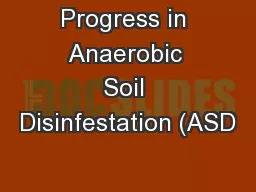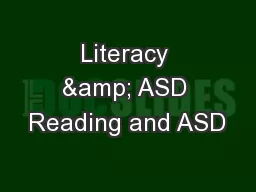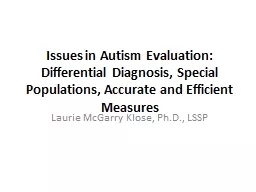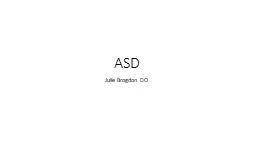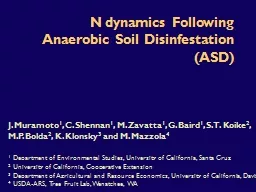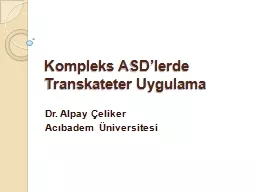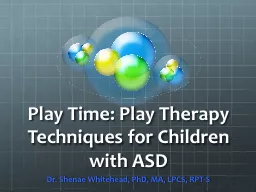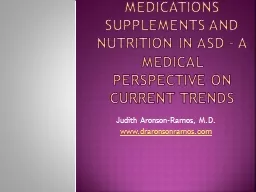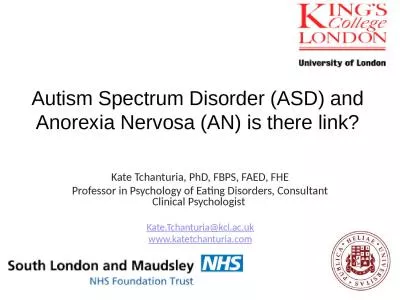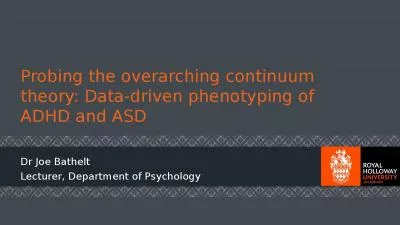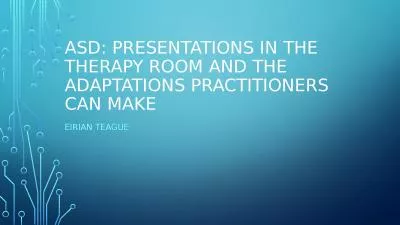PPT-Assessment and Diagnosis of ASD:
Author : pagi | Published Date : 2022-06-14
Best practices Statewide CCO Learning Collaborative Applied Behavioral Analysis January 9 2017 Pr Eric Fombonne Professor of Psychiatry Director of Autism Research
Presentation Embed Code
Download Presentation
Download Presentation The PPT/PDF document "Assessment and Diagnosis of ASD:" is the property of its rightful owner. Permission is granted to download and print the materials on this website for personal, non-commercial use only, and to display it on your personal computer provided you do not modify the materials and that you retain all copyright notices contained in the materials. By downloading content from our website, you accept the terms of this agreement.
Assessment and Diagnosis of ASD:: Transcript
Download Rules Of Document
"Assessment and Diagnosis of ASD:"The content belongs to its owner. You may download and print it for personal use, without modification, and keep all copyright notices. By downloading, you agree to these terms.
Related Documents

